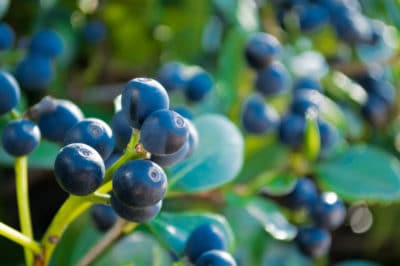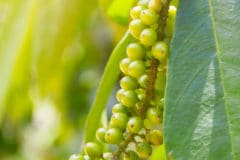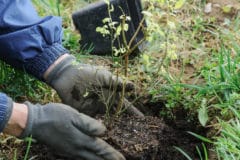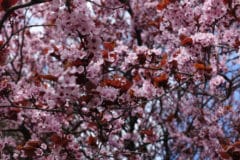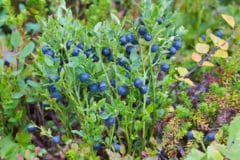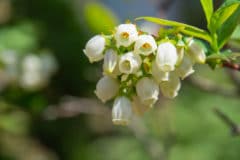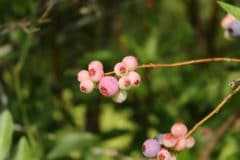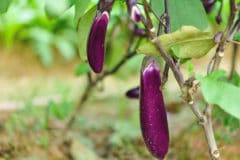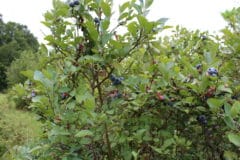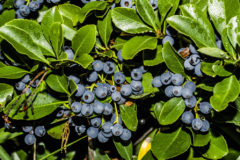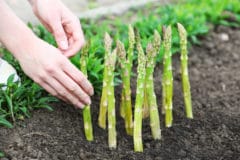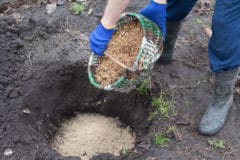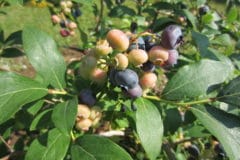Growing Conditions Required
If you live in USDA Hardiness zones 8b to 10b, you can grow ornamental Japanese blueberry hedges that offer privacy, shade and aesthetic value to your yard. When you plant the Japanese blueberry tree, make sure you have the following conditions to avoid any problems with the tree:
- Full to partial sun
- Well-drained acidic soil
- Regular watering until established
- Mulch around roots to protect it during cold seasons
Ornamental Benefits
Japanese Blueberry hedges are low-maintenance trees that offer superb ornamental features to your landscape.
- Fragrant white or pale green, bell-shaped flowers that attract butterflies
- Deep-blue berries, larger than blueberries that attract birds
- Dense dark green, glossy foliage that remains all winter
- Copper colored leaves in the spring
Care and Maintenance
You don’t have to do much maintenance for Japanese blueberry trees. However, if you want to keep its conical shape and keep the tree height to a minimum, pruning helps. Prune the tree during the dormant winter months, using hand clippers to shape the tree, keeping its cone-shape. Japanese blueberry is a slow grower, so you only need to shape it a couple of times per year. You can also top them to prevent the trees from growing too tall.
Possible Problems
Although Japanese blueberry trees require little maintenance, you should be aware of a couple of problems you could encounter. One minor problem is the mess the berries can cause when they fall on driveways, decks, lawn furniture or decking. If you’d rather not clean up falling berries, locate your hedge away from walkways.
Another Japanese blueberry problem is infestations by scale insects. They infest the bark, producing honeydew. This results in sooty mold on the bark and leaves. The insects live under the mold. You can wash away the mold and scale using a power washer.
